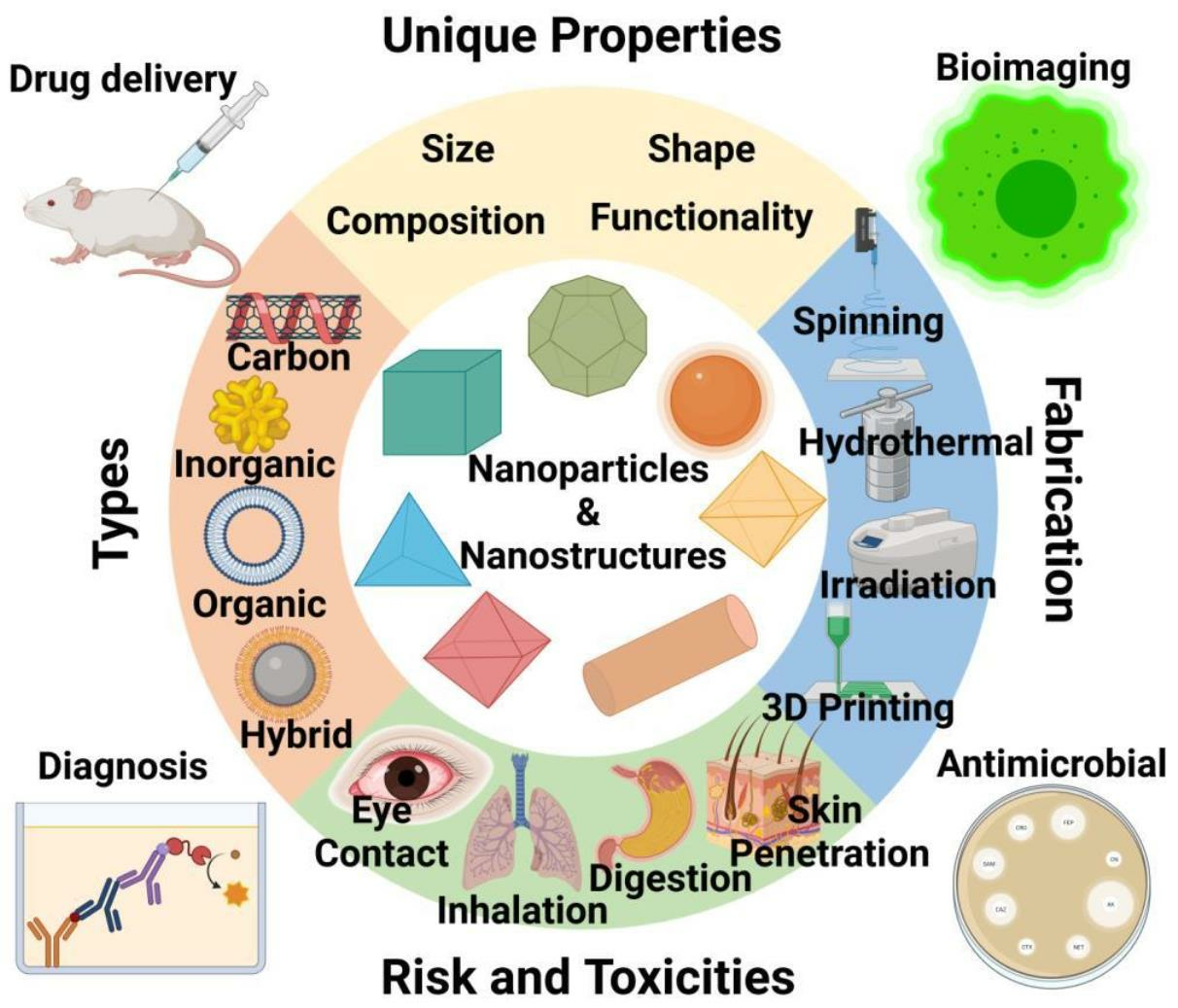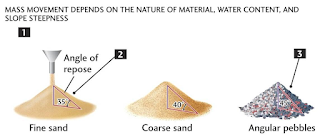Applications of nanocarriers in pharmacy with drug examples.
Nanocarriers are submicron-sized particles that can be used to encapsulate drugs, improve their bioavailability, and enhance their therapeutic efficacy. Nanocarriers can improve the solubility, stability, and circulation time of drugs, allowing for targeted delivery to specific tissues or cells. In this scientific assay, we will describe the applications of nanocarriers in pharmacy with examples of drugs.
Applications of Nanocarriers:
Drug delivery: Nanocarriers can be used to improve the delivery of drugs to specific tissues or cells. For example, liposomes are nanocarriers that can encapsulate hydrophilic or hydrophobic drugs, improving their solubility and targeting specific tissues. Doxorubicin, a chemotherapy drug used to treat breast cancer, is commonly delivered using liposomes.
Controlled release: Nanocarriers can be designed to release drugs in a controlled manner, improving their therapeutic efficacy and reducing their toxicity. Polymeric nanoparticles can be used to encapsulate drugs and release them in a controlled manner. Paclitaxel, a chemotherapy drug used to treat ovarian and breast cancer, is commonly delivered using polymeric nanoparticles.
Imaging: Nanocarriers can be used as imaging agents to detect diseases and monitor their progression. Iron oxide nanoparticles can be used as contrast agents in magnetic resonance imaging (MRI) to detect tumors and monitor their response to therapy.
Gene delivery: Nanocarriers can be used to deliver genetic material, such as DNA or RNA, to target cells. Cationic liposomes can be used to encapsulate and deliver genetic material to target cells, allowing for the treatment of genetic disorders or cancer. The first FDA-approved gene therapy drug, Luxturna, uses a viral vector as a nanocarrier to deliver a functional copy of a gene to treat a rare genetic disorder.
Drug Examples:
Liposomal doxorubicin: Liposomal doxorubicin is a chemotherapy drug used to treat breast cancer. Liposomes are used as nanocarriers to encapsulate doxorubicin and improve its solubility and targeting to cancer cells. Liposomal doxorubicin has been shown to improve the therapeutic efficacy and reduce the toxicity of doxorubicin.
Abraxane: Abraxane is a chemotherapy drug used to treat breast, pancreatic, and non-small cell lung cancer. Abraxane consists of albumin-bound paclitaxel nanoparticles, which allow for the controlled release of paclitaxel and improved targeting to cancer cells. Abraxane has been shown to improve the therapeutic efficacy and reduce the toxicity of paclitaxel.
Ferumoxytol: Ferumoxytol is an iron oxide nanoparticle used as a contrast agent in MRI to detect tumors and monitor their response to therapy. Ferumoxytol can also be used to target cancer cells and deliver drugs to them, allowing for improved therapeutic efficacy.
Onpattro: Onpattro is a RNA interference (RNAi) drug used to treat a rare genetic disorder called hereditary transthyretin-mediated amyloidosis (hATTR). Onpattro uses lipid nanoparticles as nanocarriers to deliver small interfering RNA (siRNA) to liver cells, reducing the production of abnormal transthyretin protein and improving symptoms.
Conclusion:
Nanocarriers are an emerging field in pharmacy that has the potential to revolutionize drug delivery and improve therapeutic efficacy. Nanocarriers can be used to encapsulate drugs, control their release, target specific tissues or cells, and improve imaging and gene delivery. Liposomal doxorubicin, Abraxane, ferumoxytol, and Onpattro are examples of drugs that use nanoc




Comments
Post a Comment